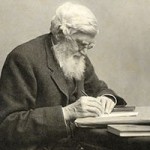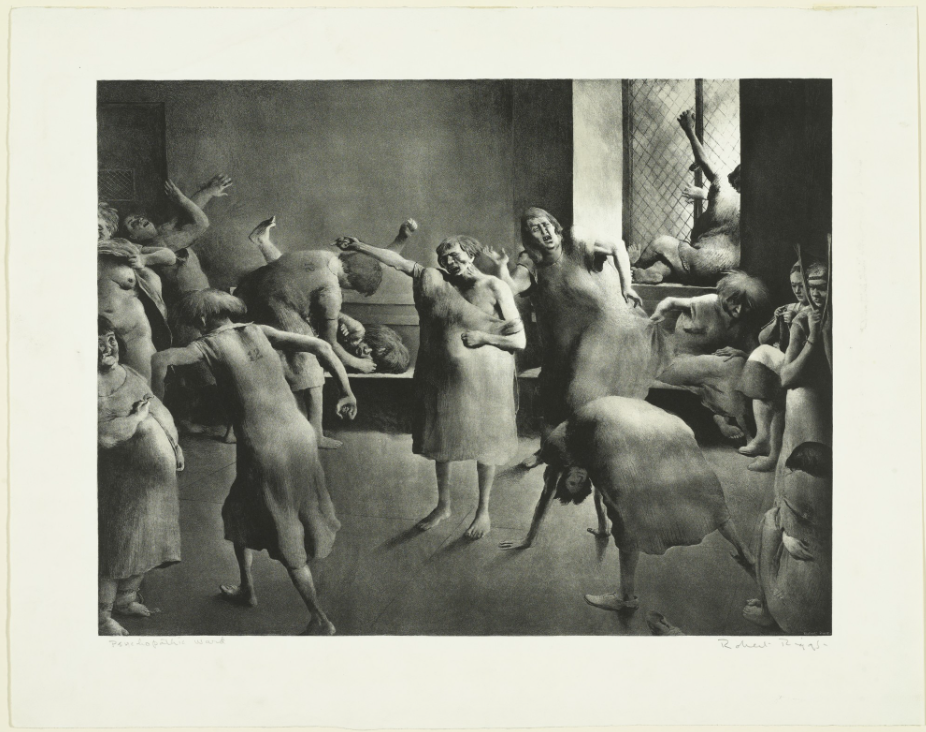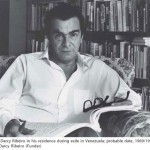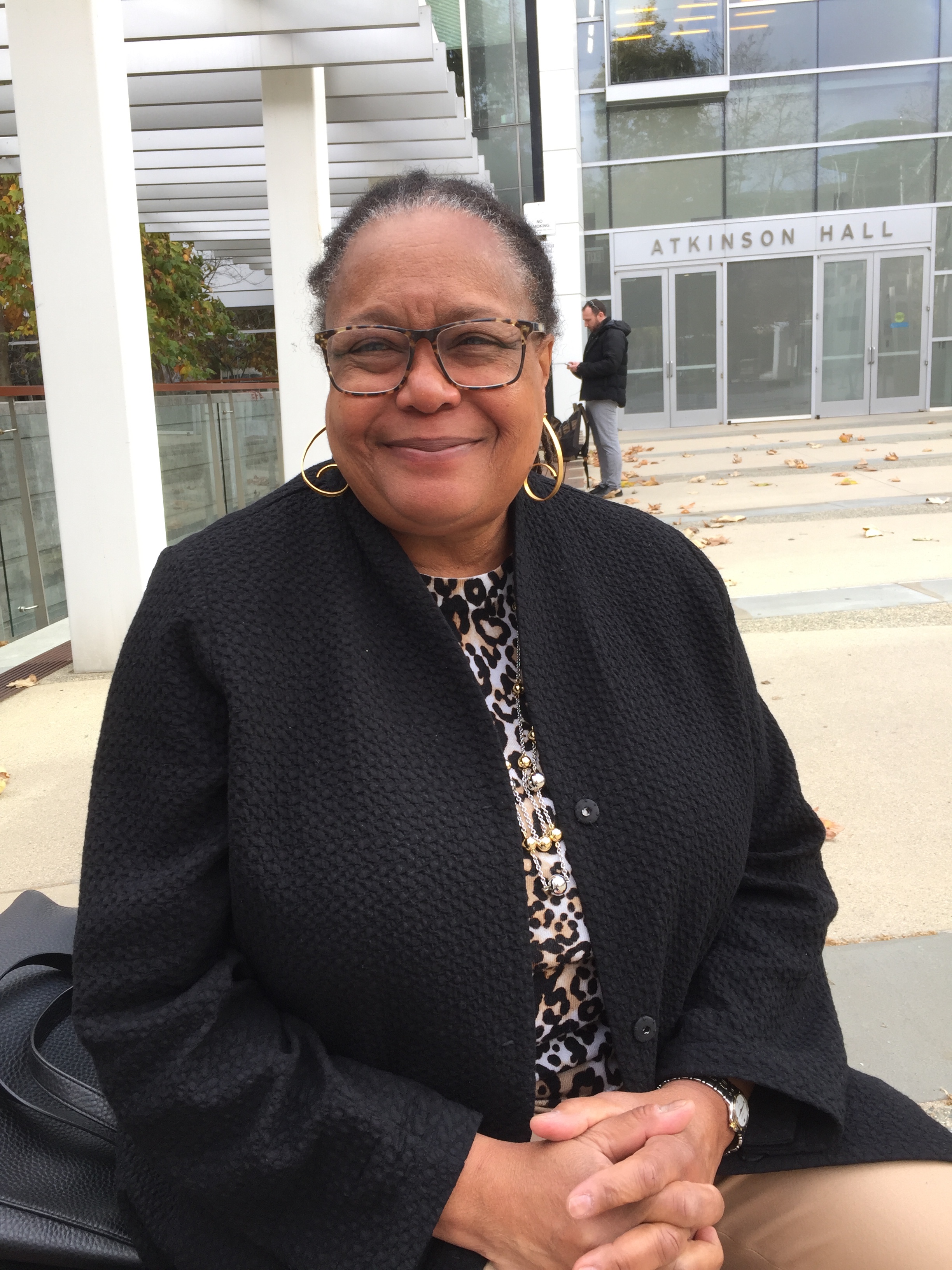Aug 2015
Vivian Mannheimer | HCS-Manguinhos’ Blog
Eugenics had a significant impact on the Brazilian public education system. Jerry Dávila, Director of the Lemann Institute for Brazilian Studies at the University of Illinois, was recently in Rio de Janeiro to lecture about the influence of the eugenic thinking in Brazilian social sciences in a course at the Casa de Oswaldo Cruz.
The course “History of Eugenics,” which took place in early August, aimed to define a historical framework of this movement, exploring scientific theories used by eugenicists and presenting a range of interpretations of the past 30 years. It also discussed new perspectives for the study of the subject.
In his lecture, Dávila offered insight on how eugenics and racial standards influenced the building of a new educational system over the early twenties in Brazil. According to him, eugenics was a scientific area of activity that was always linked to political projects of nation and state formation and was the basis for policy making in different fields.
1- Which Were the main issues discussed in your lecture at Fiocruz?
I stressed three questions that I find particularly interesting about eugenics: that eugenics was a scientific area of activity that was always linked to political projects of nation and state formation; that studies and practices of eugenics worked to form circuits between areas of research and scientific thought; and that eugenics became a driving force for public policies in several areas.
Although eugenic theories were discussed internationally, this debate took specific forms in each country, and even within regions within countries. This local expression of eugenics was the product of intellectual, social and economic circumstances, but was especially shaped by the dynamics of state and nation building.
Why states and why nations? In terms of state building, eugenic thought was used to define the role of governments acting upon populations, feeding projects to create knowledge, establishing social control, and shaping policy in areas as diverse as criminology and sanitation. With regard to national building, it was important in terms of efforts to define and shape the supposed nature of the nation and its people through immigration control, internal migration and reproduction.
Another issue that I find fascinating is the way in which eugenics formed connections and dialogues – i.e. circuits – between disciplines and new scientific research fields. This trend is largely due to two factors: one was the ongoing debate about what exactly constituted eugenics and how it should be practiced – grounded in the difference between Mendelian and Neolamarkian approaches to genetics; the other was that eugenics was an area of thought that extended into public policy, creating avenues for scientists and theorists to define state interventions derived from their respective field. The result was that eugenics opened a dialogue between researchers in areas ranging from psychology, medicine, anthropology and zoology.
And finally, eugenics encouraged and guided public policies, such as the universalization of education through reforms.
2- How can we relate eugenics and education in Brazil?
In the area of education, eugenics had a strong role in organizing and promoting public policy and educational techniques. In early twentieth century Brazil, many factors contributed to a significant role for eugenic thought: under the Empire that lasted most of the nineteenth century, there had been a considerable lag in the development of public education infrastructure. But beginning in the 1920s, public education became the target of reform projects and the emerged as a key area of expansion of the role of the state in society. This process gained even more momentum in the process of political centralization that came after the Revolution of 1930. This moment of expansion of education coincided with the peak of the eugenics movement in Brazil and in the world.
In Brazil, the creation of public education institutions received a powerful stimulus from the combination of two beliefs: first that people who were not of European descent were degenerate; and second that this degeneracy was a condition that could be gradually remediated by nurturing it’s the population’s health, physical fitness and culture, converged with the belief that people who were not of European descent were degenerate
In this context, eugenics provided an incentive and an organizing logic for the expansion and reform of public education. Not only did it offer a rationale for the allocation of resources, it also influenced the development of educational techniques and practices. We could say that Brazil’s project of universalizing public education is inseparable from the history of eugenics.
Within the school, we see the eugenic thought influencing the curriculum and beyond, ranging from the teaching of puericulture (eugenically influenced pre- and post-natal care); to the sorting of students according to measurements and tests standards; or even the use of Neolamarkian arguments invoked by students at the Colégio Pedro II in order to advocate for the construction of a basketball court.
This should not be surprising, because eugenic thought enjoyed considerable prestige in medicine and the social sciences across much of the West, not just Brazil, during these decades. But what was remarkable in the context of public education was the power of the notion that environment and culture could either inhibit or foster the development and change the condition of a population, and the influence this line of thinking had in allocating resources and developing practices in areas such as education and health. The power of eugenic thinking helped to propel the expansion and reform public education because the school would be one of the privileged spaces to redeem a population diagnosed by eugenic thought as deficient.
The link between eugenics and schools had contradictory effects: on the one hand, eugenic thought brought energy, resources and practices to the expansion public education, and schools began reaching families that were previously excluded. But on the other hand, the eugenic concepts that guided this new school tended to define people who were black, or came from poor backgrounds, as deficient. In place of earlier exclusion from public institutions, communities now faced a modern marginalizing inclusion.
3 – How did the public school system’s approach to race and class made the social mobility of Afro-Brazilians and members of the popular classes more difficult?
The educator Anísio Teixeira, whose reform of education in Rio de Janeiro in the 1930s became a national model, was one of the few intellectuals of that time who advocated for social mobility as a form democratic action, a concept that would only gain traction in later decades. But at the time, this somewhat radical idea was expressed in a context which held that people had different levels of ability, and that with the right tools these differences could be measured.
It followed that it was up to institutions like the reformed school to categorize people and sort through testing systems, measurements and diagnoses that modern social and medical science provided. The school would be a technical space to intervene upon people regarded as deficient, delayed or sick. Acting on the individual, the school would create the nation, giving expression to a eugenic project of “perfecting the race.”
The impact on black students and teachers was profound. The standards used to promote people, the tests used to level them, the perception of prestige and the application of stigma within the school all were processed within a racialized values system. Both eugenic thought and school practices reflected prevailing values in a highly discriminatory society. The tests used to divide students between classes had an implicitly segregationist effect.
The experience of black teachers was striking. In the nineteenth century, teaching was one of the professions that had been open to black Brazilians who had gotten an education, typically in religious institutions. But the cycle of reforms of public education which began in 1917 under the direction of Afrânio Peixoto, a leading eugenicist, imposed barriers preventing Brazilians of color from training to be teachers. Members of the black civil rights movement in Brazil at the time denounced the exclusion of black candidates from teaching, citing for instance the eliminatory health exams based on eugenic precepts.
Eugenics was an intensely racialized area of thought: perceptions of the supposed superiority of people of European origin – particularly in northern Europe – over others, and the disqualification of people of African and Indigenous origin, as well as the poor. The impact of policies inspired in eugenics was discriminatory. But we must remember that eugenics only reflected the values and prejudices of its time and context. These prejudices outlived the heyday of eugenics and continue to influence policy and practice today in Brazil, as elsewhere.









